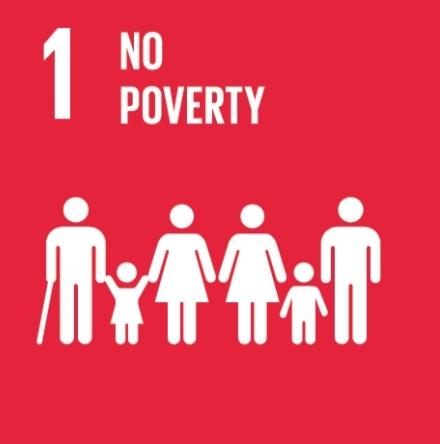Ending Poverty: A Global Imperative
Introduction
Poverty is one of the most pressing issues facing humanity today. Despite significant advancements in technology and economic growth, millions of people around the world still live in conditions of extreme poverty. The United Nations (UN) has recognized the eradication of poverty as a critical goal, enshrining it as the first of its 17 Sustainable Development Goals (SDGs) to be achieved by 2030. This article explores the causes, impacts, and strategies for eliminating poverty globally.
Understanding Poverty
Poverty is more than just a lack of income. It encompasses a range of deprivations in areas such as health, education, and living standards. According to the World Bank, extreme poverty is defined as living on less than $1.90 a day. However, poverty also includes lack of access to clean water, sanitation, adequate nutrition, and basic healthcare.
Causes of Poverty
1. Economic Inequality: A major driver of poverty is the unequal distribution of resources and wealth. Economic systems in many countries disproportionately benefit the wealthy, leaving vast segments of the population without access to opportunities for economic advancement.
2. Lack of Education: Education is a powerful tool for breaking the cycle of poverty. However, millions of children around the world are denied this fundamental right, limiting their future economic prospects.
3. Unemployment and Underemployment: Many people in developing countries are either unemployed or employed in precarious, low-paying jobs that do not provide a stable income.
4. Political Instability and Conflict: Wars and political turmoil disrupt economies and displace populations, pushing many into poverty. Countries affected by conflict often face long-term economic challenges even after peace is restored.
5. Health Crises: Illness and lack of access to healthcare can trap individuals and families in poverty. Health crises, such as the COVID-19 pandemic, exacerbate existing inequalities and push vulnerable populations further into poverty.
Impacts of Poverty
Poverty has far-reaching impacts on individuals and societies, including:
1. Health: Poor health outcomes are both a cause and consequence of poverty. Malnutrition, lack of access to clean water, and inadequate healthcare services result in high mortality rates and reduced life expectancy.
2. Education: Children from poor families are less likely to attend school and complete their education, perpetuating the cycle of poverty across generations.
3. Economic Growth: Poverty stunts economic growth by limiting the productive potential of a significant portion of the population. When people are unable to participate fully in the economy, it hampers overall development.
4. Social Stability: High levels of poverty contribute to social unrest and instability. Inequality and deprivation can lead to crime, violence, and political upheaval.
Strategies for Eradicating Poverty
Eradicating poverty requires a multi-faceted approach that addresses its root causes. Key strategies include:
1. Economic Policies: Governments need to implement inclusive economic policies that promote job creation, fair wages, and equitable distribution of resources. Investments in infrastructure, technology, and innovation can drive sustainable economic growth.
2. Education: Ensuring access to quality education for all is crucial. Education empowers individuals, improves employment prospects, and contributes to economic development. Policies should focus on removing barriers to education, particularly for girls and marginalized communities.
3. Social Protection: Establishing social safety nets, such as unemployment benefits, healthcare, and pensions, can protect vulnerable populations from falling into poverty. These measures provide a safety cushion during economic downturns and health crises.
4. Healthcare Access: Universal healthcare is essential for breaking the cycle of poverty. Investments in healthcare infrastructure, disease prevention, and affordable medical services can improve health outcomes and economic productivity.
5. Empowerment of Women and Girls: Gender equality is critical for poverty eradication. Empowering women through education, economic opportunities, and political participation can transform societies and drive economic growth.
6. International Cooperation: Global challenges require global solutions. International aid, trade agreements, and cooperation can support poverty reduction efforts in developing countries. Organizations like the UN, World Bank, and International Monetary Fund play crucial roles in coordinating and funding these efforts.
Conclusion
The eradication of poverty is not just a moral imperative but also a necessity for global stability and prosperity. Achieving this goal requires concerted efforts from governments, international organizations, the private sector, and civil society. By addressing the root causes of poverty and implementing comprehensive strategies, we can create a world where everyone has the opportunity to live a life of dignity and fulfillment. The journey to a poverty-free world is challenging, but it is a journey we must undertake for the sake of future generations.

